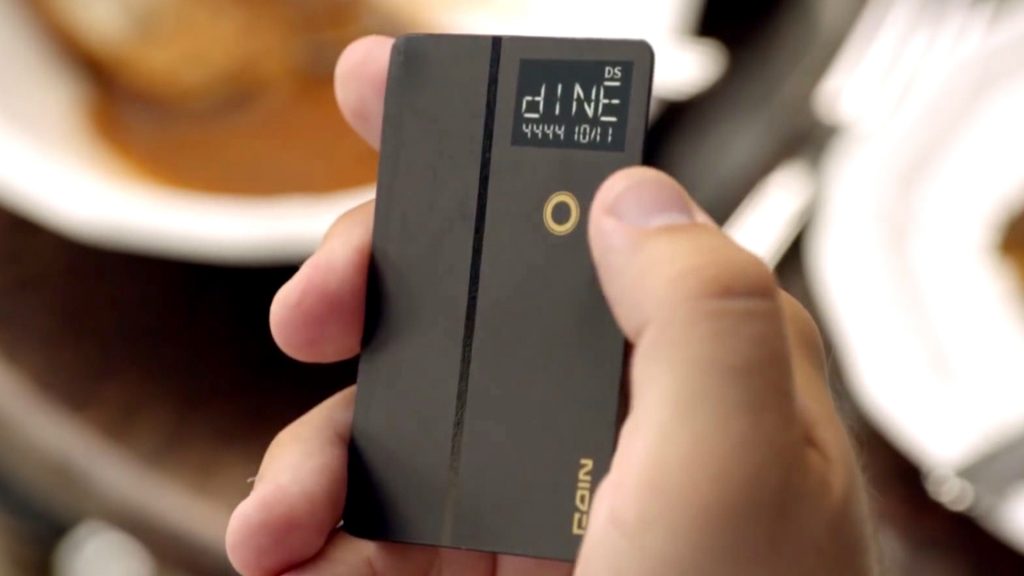Key Takeaway
Brands breaking barriers to innovate on existing technology often face the added challenge of competing technological advancements. It’s even more important for leaders of these brands, and their boards, to keep one eye looking firmly outside. For some – like Coin – launch came too little, too late.
Leading up to its launch, Coin was one of the most anticipated devices in the digital payments space. From their uber-innovative website design, to massive press attention and the pressing need for innovation in the space, the brand’s demand far exceeded the team’s wildest dreams when it was announced in 2013.
Unfortunately from the moment early adopters first received their cards, the product appeared to be a massive disappointment. Those that spoke out about their experiences cited issues from lack of readability in stores to faulty devices. Could the Coin team, and subsequently the Fitbit team who acquired the brand in 2016 , have seen this coming and prevented its imminent failure?
Coin’s shutdown marked not only the demise of the brand itself but of an entire category around wearables in the payment space that never really took off.

Predicting the downfall with Outside Insight
CEO Kanishk Parashar claims the volume of orders for the device upon launch exceeded his team’s expectations by over 3500%. What was expected to be around 10k orders became 350k, a number the startup staff was not prepared to fill.

Several data-driven clues might have helped the team predict volumes:
High volume of press hits and website clicks
Email list volume, social media mentions and Coin’s share of voice
Consumer sentiment around products in the industry
Pre-order purchase volume and pace: the brand surpassed its $50k pre-order goal in 40 minutes in 2013
This internal data could perhaps have signified the pace of its exploding demand. However, in hindsight, could a thorough analysis of online breadcrumbs in the industry found by evaluating Outside Insight have indicated trouble?

Competitor Flint Mobile announced shutdown with no warning on February 5th, 2016 and began referring users to Stripe, ceasing payment processing and new signups before making a formal announcement 10 days later.

The sheer number of competitors emerging in the space at the same time pointed to the lack of unique technology Coin was working with. Any advantage was based on razor-thin profit margins squeezed between these brands and financial institutions.

Competitor Stratos shut down within 6 months of launch, and Plastc was still accepting pre-orders amounting to $9M despite a delay of nearly 2 years, though has now filed for bankruptcy.

Increased competition from PayPal, Square, Apple and (though criticized) Google Wallet had been steadily ramping up, offering a solution to the same problem that does not require the expensive hardware component. Apple Pay went live before Coin shipped their first products.

Consumer insights around the real problem. While Coin solved the “thick wallet” problem, consumers had other concerns about wearable payment devices. Perhaps it was the idea of a physical card itself that needed innovation.
Could Coin have saved itself?
It’s hard to say whether the brand stood a chance in the long run. The essential leapfrog from plastic cards to a mobile reader system made Coin’s technology a moot point before it launched. It appears even if they fulfilled initial orders on time, their reign would likely have been short-lived.
In the short term, the team could have considered strategies like capping initial orders or postponing launch until the product had been fully tested in production. Instead, their pressure to capitalize on exploding demand potentially led to the release of a product that wasn’t ready, and ultimately, to disaster.
Don’t take any chances. Bring external data into your boardroom decisions with Outside Insight.

